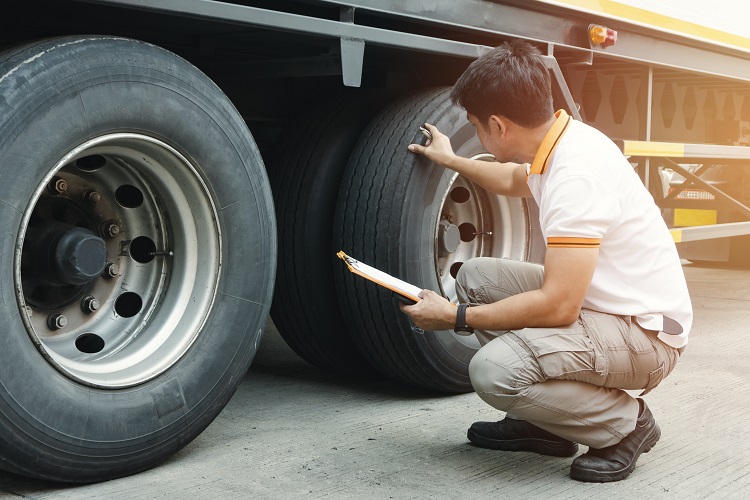How Safety Fits Into Your Trucking Operation's Profitability

If you're running your own trucking operation today, you're likely already managing freight tonnage and operating costs well. But where does safety fit into the profitability equation? With so many fleet safety products available, it can be overwhelming to know where to begin.
The best place to start is with state and federal trucking regulation compliance. I understand that as an independent group, we may not love being told what to do, but many regulations are common-sense measures you would likely take before putting someone in your $100,000–$250,000 piece of equipment.
One great example is the CSA score in the Maintenance Basic. Many fleet owners get frustrated with this Basic, spending hundreds of thousands of dollars upgrading equipment to address their problems. Often, it's not the equipment but a few vehicles, a couple of drivers, or maintenance shop practices causing the issue. If DVIR/post-trip inspections aren’t enforced and audited, these problems can go unnoticed.
To determine how you're doing with Basic compliance, try using the FMCSA's Carrier Compliance Questionnaire, available in the Acuity Motor Carrier Toolbox. Once completed, prioritize areas needing improvement and implement changes. After making improvements, it’s critical to audit the results. This should be done by top management or someone very familiar with your company’s operations. Are you achieving the results you expected? If not, adjust your policies and procedures accordingly.
In addition to compliance, leveraging technology can make a huge difference. Telematics and driver-assistance systems provide real-time monitoring of your fleet’s safety. These systems help prevent accidents, reduce downtime, and ultimately improve profitability.
By combining regulatory compliance with proactive safety technologies, you can enhance safety and boost the profitability of your trucking operation.
An insurance company that cares about you and insuring the things you wish to be insured.
Get a Quote> Find an Agent>

